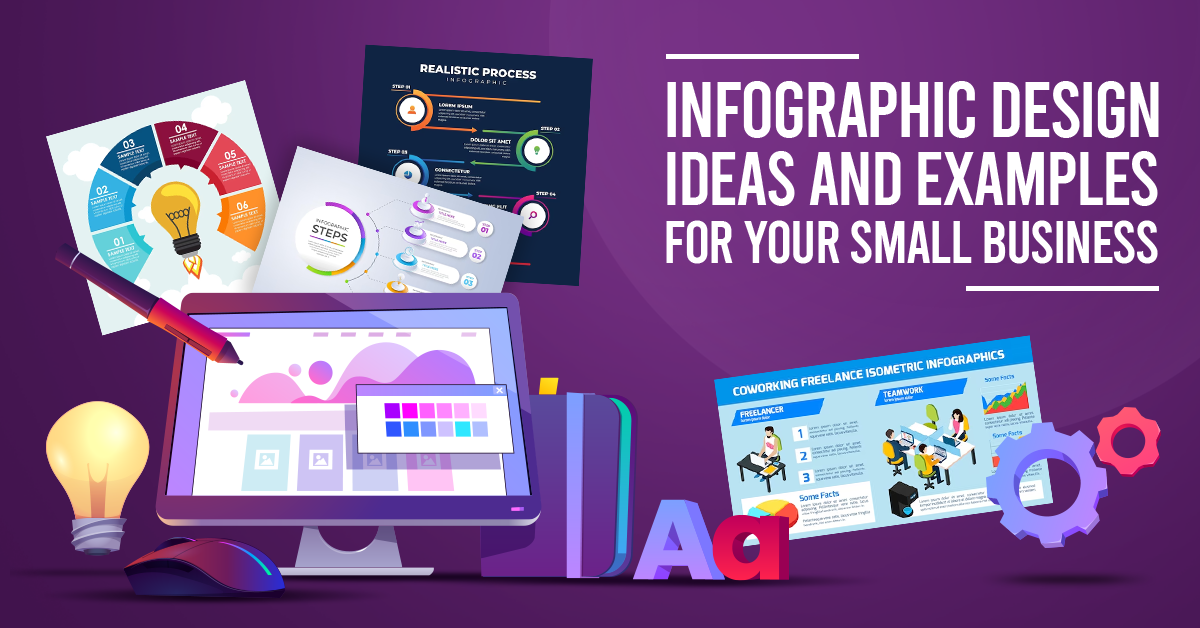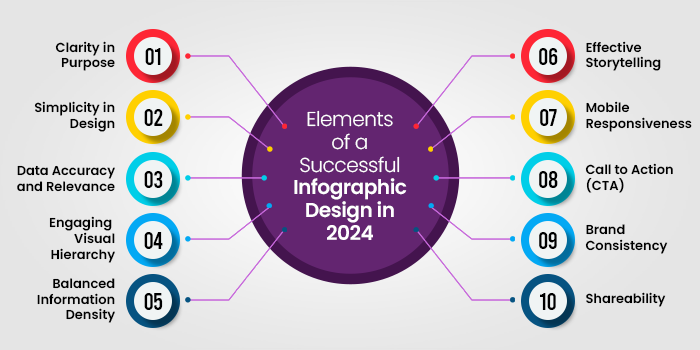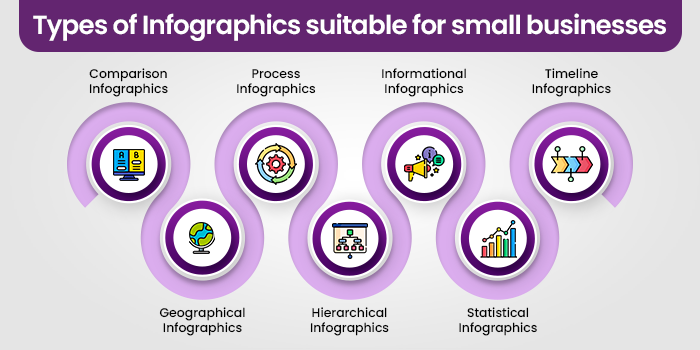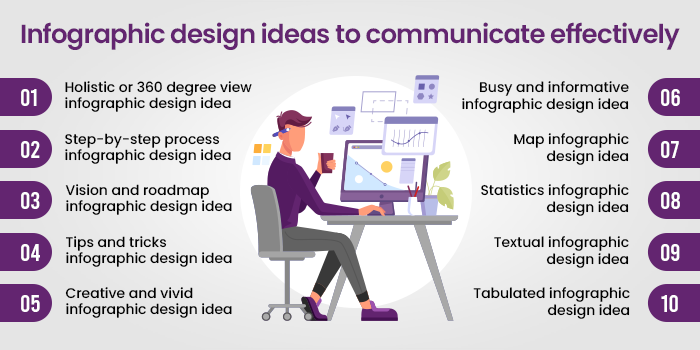Think professional branding is out of reach for one-person businesses? Think again. In a crowded digital space, design is your first impression—and the right tools can make it powerful without breaking the bank.
Whether you’re a freelancer, consultant, or small business owner, discover how to elevate your brand affordably and efficiently.
This blog explores the top affordable design systems for one-person brands, guiding you to the best tools to purchase or subscribe to for a polished, cohesive brand presence.
TL;DR
- Solopreneurs can build professional brands on a budget by using affordable design systems like Canva Pro, Figma, or Webpixels.
- These tools save time, ensure brand consistency, and deliver strong ROI.
Why Invest in Affordable Design Systems?
For one-person brands, a design system is a game-changer. These collections of reusable components—like logos, typography, and templates—ensure your brand looks professional across platforms.
Here’s why these systems are a smart investment for solo brands
- Cost Savings: Avoid expensive freelancers with low-cost or free tools.
- Brand Consistency: Maintain a unified look on your website, social media, and marketing materials.
- Time Efficiency: Pre-built components speed up design tasks, letting you focus on growing your business.
With a commercial mindset, choosing the right system means prioritizing tools that deliver high ROI and scalability. These benefits compound over time—especially when your visual presence consistently reinforces your brand identity
Top Affordable Design Tools for Solopreneurs
Agencies implementing inclusive Affordable Design Systems to Buy or Subscribe to, So that you make the right buy, we have collected the most effective affordable design systems for solopreneur brands. The solutions provide advanced features at lower costs, ideal for solopreneurs.
1. Canva Pro
Canva Pro ($12.99/month or $119.99/year) offers a powerful design system with brand kits, templates, and professional editing features.
- Why Buy: Get access to thousands of editable templates, fonts, and a brand kit to save your logo and colors.
- Best For: New designers looking for an all-in-one design solution.
- Commercial Value: Increases productivity for making social media posts, presentations, and print materials.
2. Figma Professional Plan
Figma’s Professional Plan ($20/month) unlocks advanced design systems from the Figma Community, such as UI kits and style guides.
- Why Buy: Shared features and reusable components for websites and apps.
- Best For: Design-savvy solopreneurs who need scalable systems.
- Commercial Value: Great for producing professional-grade digital products.
3. Webpixels Design System
Webpixels provides a Bootstrap-based system ($59/ year or $129/year for premium bundles) with responsive components and icons
- Why Buy: Developer-friendly, with CSS and Figma support for websites and apps.
- Best For: Solopreneurs with coding expertise.
- Commercial Value: One-time payment provides long-term value for several projects.
4. DotYeti Graphic Design Subscription
DotYeti ($449/month) offers unlimited graphic design, including a custom design system specifically designed to fit your brand.
- Why Buy: Personal designer crafts logos, social media graphics, and website graphics.
- Best For: Busy solopreneurs who require hands-off design assistance.
- Commercial Value: Personalized, high-quality designs are worth the cost for high-end brands.
5. Creative Market UI Kits
Creative Market provides budget-friendly UI kits and design systems (from $9.95) for Figma, Sketch, and Adobe XD.
- Why Buy: Professionally crafted pieces for websites, apps, and branding.
- Best For: Solopreneurs seeking high-end templates without subscriptionsClosest match: subscriptions.
- Commercial Value: Budget-friendly for producing refined digital assets.
These budget-friendly design systems for solo brands offer great value, making them wise investments for solopreneurs.
How to Choose the Best Design System for Your Brand
Choosing the best tool starts with aligning features to your business needs and design skills.
Follow these steps
- Identify Your Goals: Need social media graphics? Choose Canva. Building a website? Opt for Webpixels or Figma.
- Evaluate Budget: One-time purchases (e.g., Webpixels, Creative Market) suit tight budgets, while subscriptions (e.g., DotYeti) offer ongoing support.
- Check Ease of Use: Beginners should prioritize intuitive platforms like Canva, while advanced users can leverage Figma.
- Ensure Scalability: Pick systems that grow with your brand, like Figma or Webpixels, for long-term value.
- Look for integrations with platforms you already use (such as Shopify, Notion, or WordPress)
By focusing on commercial outcomes, you’ll invest in a system that drives sales and brand recognition.
Benefits of Affordable Design Systems for Solopreneurs
Purchasing affordable design systems for one-person brands delivers measurable benefits for your business
- Increased Sales: Professional visuals attract customers and boost conversions.
- Brand Authority: Consistent design builds trust and reinforces professionalism
- Time Savings: Ready-made components cut design time, letting you focus on marketing and sales.
- Competitive Edge: Stand out in crowded markets with polished, cohesive branding.
For example, a consultant using Canva Pro can create client presentations and social media posts in hours, not days, driving faster revenue growth.
Avoid These Costly Mistakes
When investing in affordable design systems for one-person brands, avoid these pitfalls to maximize your purchase
- Overbuying: Avoid high-complexity tools like Figma unless you’re ready to invest time learning them
- Ignoring Customization: Generic templates dilute your brand; tailor them to your identity.
- Overlooking Updates: Ensure your system receives regular updates to stay compatible with new platforms.
- Not Testing: Preview designs on multiple devices to ensure consistency.
By steering clear of these errors, you’ll get the most ROI from your affordable design system for one-person brands.
How to Implement Your Design System for Maximum Impact
Once you’ve purchased an affordable design system for one-person brands, follow these steps to integrate it into your workflow
- Set Up Your Brand Assets: Upload logos, colors, and fonts to the system’s brand kit (e.g., Canva Pro’s Brand Hub).
- Design Key Materials: Create business cards, website banners, and social media posts using system components.
- Optimize for Platforms: Ensure designs are responsive for mobile, desktop, and print.
- Track Performance: Use analytics (e.g., social media insights) to refine designs for better engagement.
- Build a swipe file of design inspiration to speed up future requests.
For instance, with Webpixels, you can build a responsive website in days, then repurpose its components for Instagram ads, maximizing your investment.
Balancing Cost and Quality
Many solopreneurs hesitate to invest in budget tools, fearing they compromise quality—but today’s design systems prove otherwise. Nevertheless, applications such as Canva Pro and Creative Market provide professional work at economical costs.
Consider:
- Support and Updates: Opt for systems that have active communities or customer support (e.g., Figma).
- Flexibility: Select customizable systems in order to match your brand’s special style.
- Trial Options: Test free versions (e.g., Canva’s free tier) before committing to paid plans.
By prioritizing these factors, you’ll achieve premium branding without overspending.
Checklist: What to Look for in a Design System
- Aligns with your design goals (social, web, branding, etc.)
- Offers one-time pricing or trial period
- Scales with your business
- Includes template libraries and reusable components
- Supports consistent branding across platforms
- Is easy to use or well-documented
Conclusion
Affordable design systems for one-person brands are essential investments for solopreneurs aiming to build a professional, profitable brand. From Canva Pro’s versatility to DotYeti’s personalized service, these tools deliver high-impact designs at low costs.
By choosing the right system, avoiding common mistakes, and implementing it strategically, you’ll create a cohesive brand that drives sales and growth. Explore these tools today and build a visual brand that looks as professional as the value you offer
FAQs
1. What are affordable design systems for one-person brands?
They are budget-friendly tools or subscriptions, like Canva Pro or Webpixels, offering reusable design components to create consistent, professional visuals for solopreneurs.
2. Why should I buy an affordable design system for my brand?
These systems save time, reduce costs, and deliver professional designs that boost sales and credibility, giving your one-person brand a competitive edge.
3. Which affordable design system is best for beginners?
Canva Pro is ideal for beginners, offering an intuitive interface, affordable pricing ($12.99/month), and extensive templates for quick branding.
4. Are one-time purchase design systems worth it?
Yes, systems like Webpixels ($49 one-time) provide long-term value, especially for solopreneurs building websites or apps with reusable components.
5. How do affordable design systems increase sales?
Professional, consistent visuals attract customers, build trust, and improve conversions, directly impacting your revenue.
6. Can I try affordable design systems before buying?
Many systems, like Canva and Figma, offer free tiers or trials, letting you test features before investing in paid plans.





